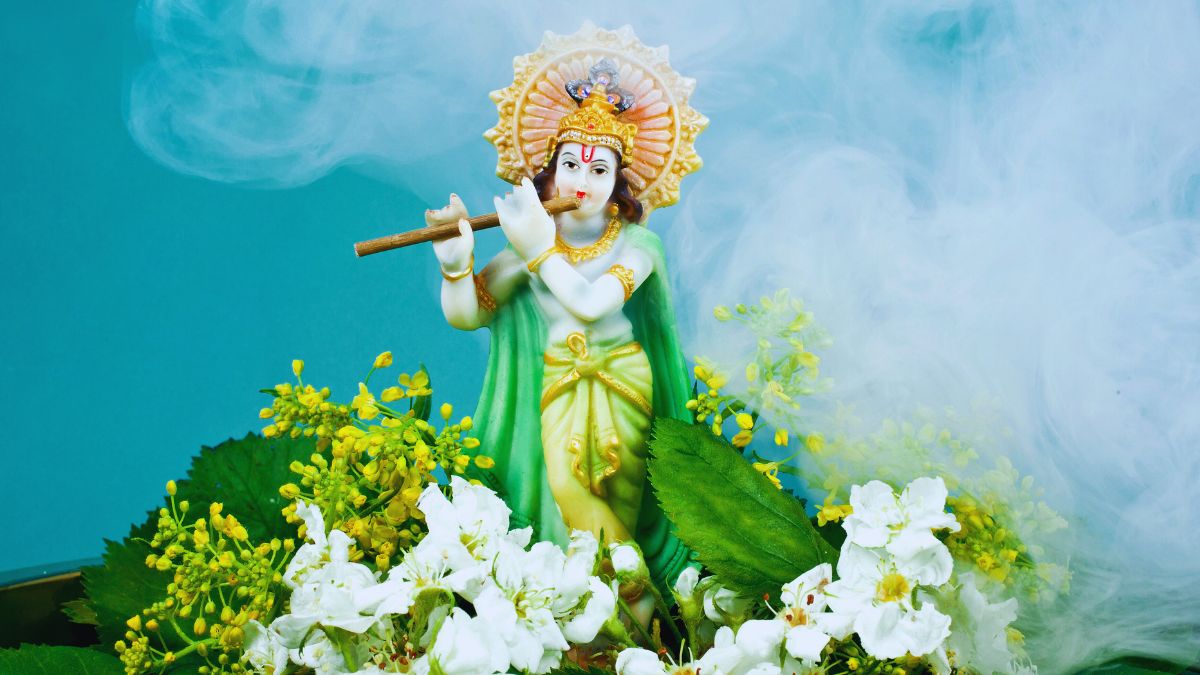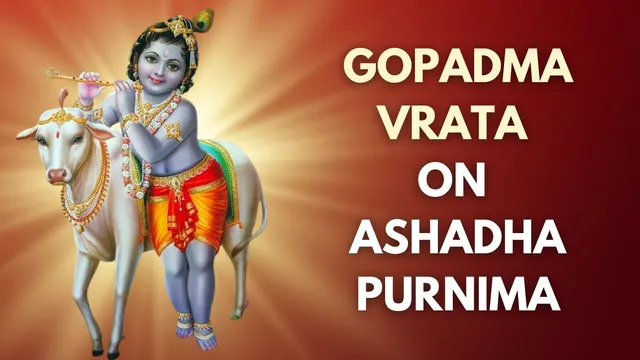- By Kashish Rai
- Wed, 17 Jul 2024 01:08 PM (IST)
- Source:JND
Ashadha Purnima is the full moon day that falls during the Hindu month of Ashadha. People worship Lord Vishnu on this auspicious day and keep the Gopadma Vrat in his honour. This year, Ashadha Purnima and Gopadma Vrata will be observed on 21st July 2024.
Ashadha Purnima 2024: Significance Of Gopadma Vrata
Married ladies commemorate Gopadma Vrat as a time to pray for their brothers' health and well-being. The celebration is regarded as a component of the Chathur Masya Vrat, also known as the Vrat of the four holy months. It is believed that Gopadma Vrat is celebrated for five years, for seven days a year.
According to legends, Lord Krishna Himself instructed His sister Subhadra to keep this Vrat. The lotus and the cow are both represented by the term "Gopadma." Unlike other ladies, it is thought that Subhadra did not draw Rangoli at her home's cow shed. She had said that she was Sri Krishna's own sister and that her whole family was divine when Sri Krishna questioned her about this. She failed to recognise the need to ask for the blessings of the gods.
As a sign of reverence for all thirty-three crore Deities, Lord Krishna had instructed her to observe the Gopadma Vrat and draw Rangoli in front of the home and cow shed. It is thought that Subhadra fashioned the rangoli by powdering the pearls and combining them with powdered rock.

Lord Krishna blesses the devotees who observe the Gopadma Vrata. (Image Source: Canva)
Ashadha Purnima 2024: Rituals Associated With Gopadma Vrata
Drawing a Rangoli of a cow with calf, lotuses, auspicious symbols, and holy feet at the Puja site or a Thulasi plant or cow barn at home is the primary component of this Vrat. Six lotuses appear on the body of the cow figure. The cow is thought to contain the thirty-three crore Deities.
Special Pujas are performed for the cow and calf figures after the Rangoli is drawn. Kumkum and atchatha, which is rice combined with turmeric, are used in the puja. It is thought that the Rangoli contains all of the Deities.
Next, six distinct pradakshanas are performed for each of the six lotuses that are shown on the cow's body. The six Mohini Deities are thought to be represented by the six lotuses.

